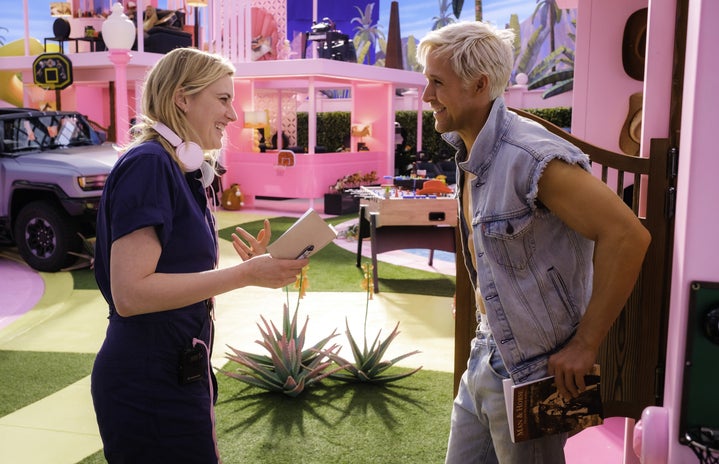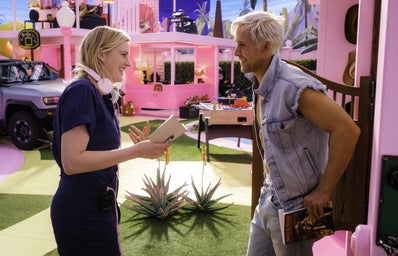Last summer, Greta Gerwig’s playful yet heartwarming film Barbie grossed over a billion dollars at the box office, making it the first movie directed by a woman to do so. Not only that, but Barbie is now the highest-grossing female-directed movie of all time. It feels fitting that a story about a doll who “can be anything” has broken several records while also garnering immense praise from critics.
Although this is by far her biggest financial accomplishment, Gerwig is no stranger to success, and it seems every project she touches is lighting in a bottle. From the vivacious Lady Bird to the outspoken Jo March, Gerwig consistently places women at the forefront of her films, proving to mainstream audiences that women’s stories are not only worthy of being told but also incredibly profitable. Gerwig takes the craft of filmmaking seriously and it shows when it comes to her unique style and perspective. There is a lot that be learned from analyzing her approach in her three most recent movies, Lady Bird, Little Women, and Barbie.
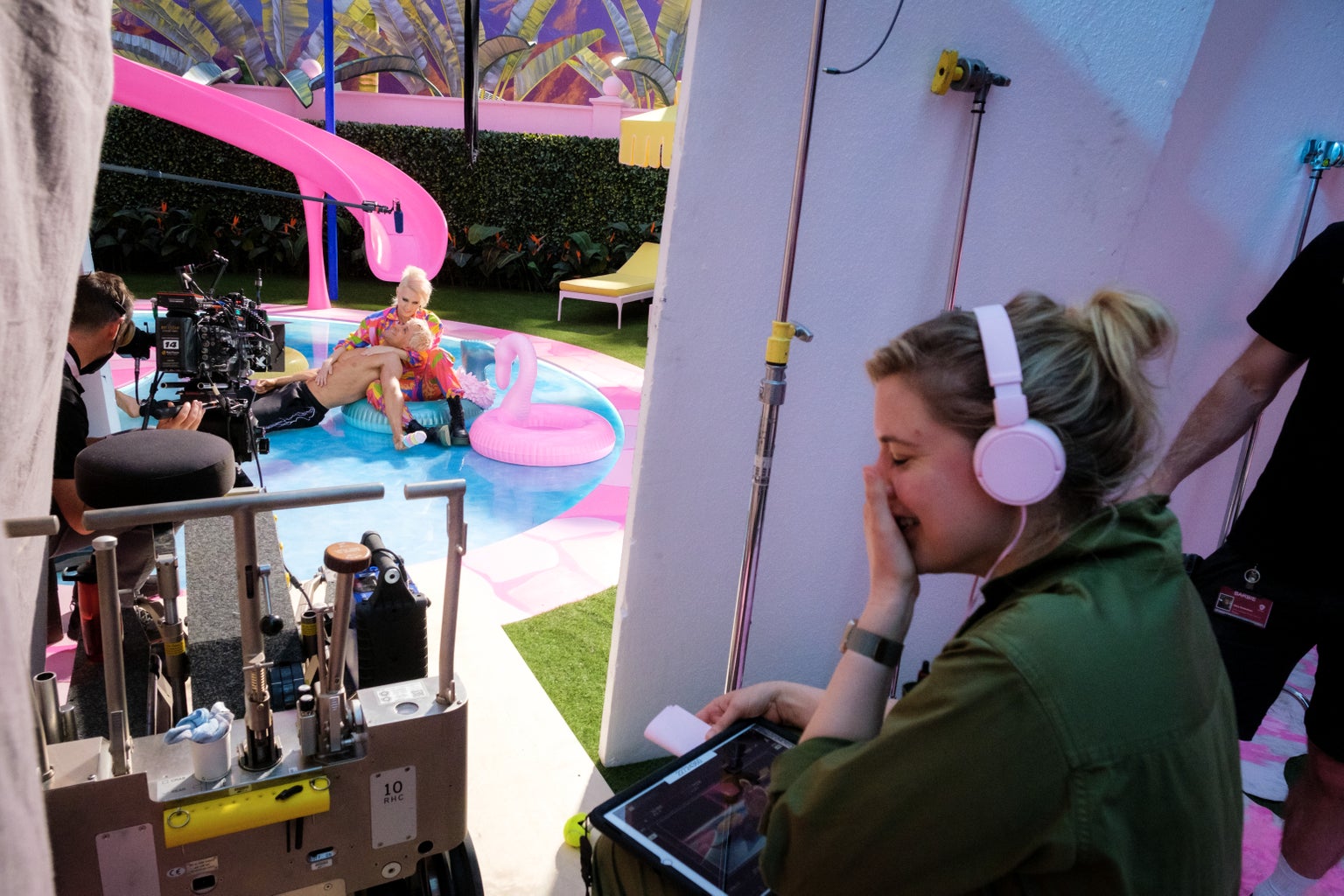
Lady Bird
In a roundtable discussion with The Hollywood Reporter, Gerwig said that it was hard to get the female-centered film Lady Bird off the ground. Lady Bird did not cover the subject matter of your typical blockbuster with intense action and eye-catching visual effects. Rather, as Gerwig put it, it focused on people’s lives in a quotidian way. At its core, Lady Bird is a love story between a mother and a daughter, and all the ordinary yet painfully relatable moments associated with that relationship. Gerwig finds value in picking up tiny pebbles of truth in our lives rather than focusing on big spectacles. Although harder to sell at first, the simple, unfiltered honesty that Lady Bird brings is a breath of fresh air in such a thrill-seeking industry.
Gerwig has her own unconventional approach to structure by starting with particular scenes or moments and engineering the storyline around them. She likens the way she builds her plots to a honeycomb, giving the individual moments importance and interconnecting them in a way that makes logical sense. The structure tends to form itself as she works through this process, which she describes as deeply personal.
Part of Lady Bird’s success was due to the way it subverted the audience’s expectations when it came to the average coming-of-age movie. Rather than focusing on romance or melodrama, Lady Bird showed the disappointing and simultaneously hilarious reality of being a teenager in a way that was as tender as it was honest.
Little Women
Despite the spontaneity her movies usually bring, Gerwig is surprisingly averse to allowing improv in her scenes. She views the script as a set document that you rarely change once finished. Gerwig places a lot of importance on the rhythm of a scene, and she utilizes dialogue to maintain a pace that flows naturally. She emphasizes the importance of a script that feels like improv but isn’t.
As she explains in On Writing, Gerwig pulls this off by adding dashes in her scripts to indicate overlapping lines. She used this method a lot in Little Women, primarily by having the four sisters constantly talk over each other. This fast-paced dialogue occurs at the speed of life, in the often disorganized, jumbled way in which siblings communicate. It gave the script a level of warmth and familiarity often missing from the usual stiffness we expect from period dramas.
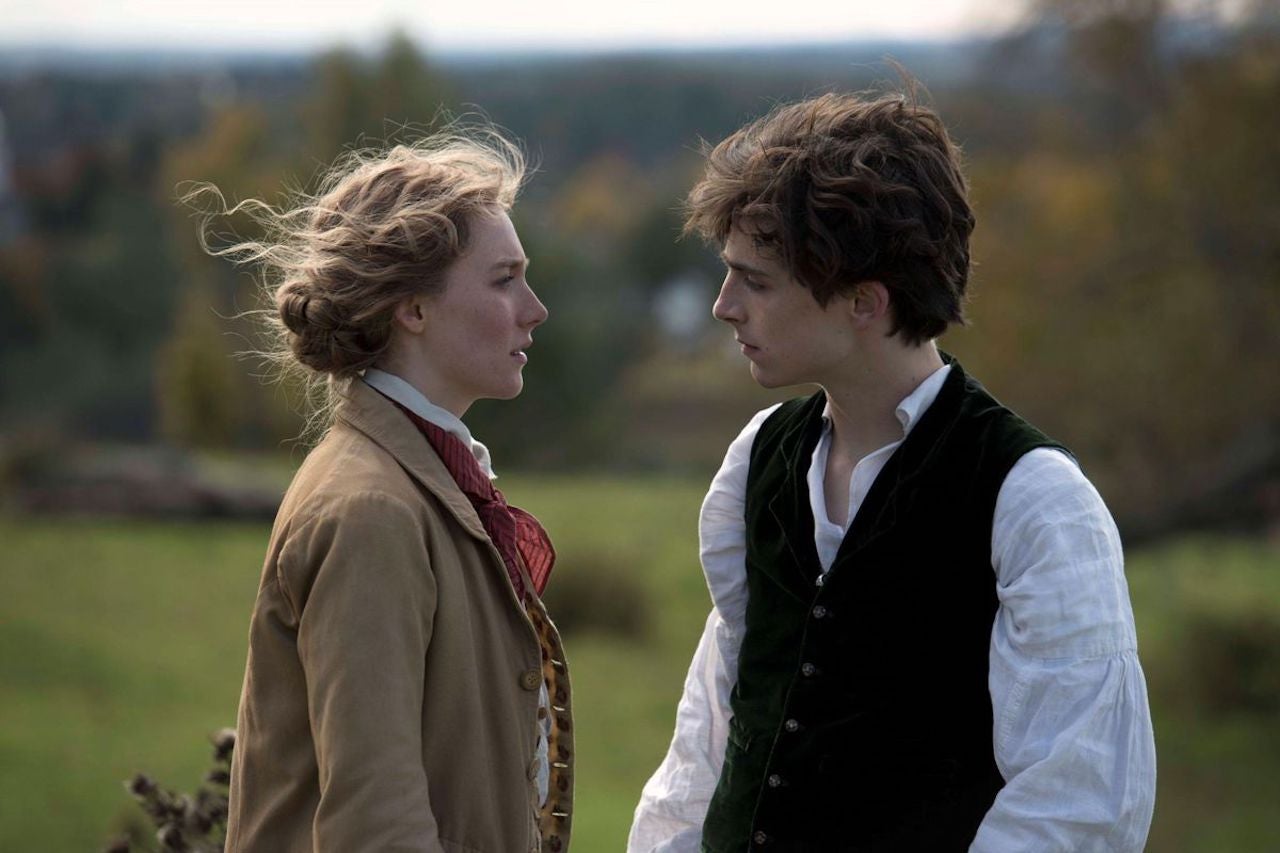
So many lines from the iconic novel by Louisa May Alcott are famous enough to be embroidered on cushions and printed on coffee mugs. To Gerwig, tampering with those lines was like editing Shakespeare. Meaning, you don’t mess with Shakespeare. The balance for Gerwig lay not in changing the lines that are classic and well-loved in Little Women to suit modern viewers, but rather in finding ways that the original text is modern. Having the dialogue spoken in the often messy, impulsive way we talk in modern-day breathed a new life into the cherished novel.
Barbie
Love her or hate her, Barbie has been an omnipresent symbol of women within our society for the past sixty years. She is as divisive as she is iconic, with many hailing her as a feminist figure while others deem her plastic perfection destructive to young women. To Gerwig, all the emotion directed around Barbie meant that there was a story to be found. In an interview with ABC News, she stated that she honors and respects the legacy of Barbie but has her finger on the pulse of what’s going on today.
Instead of running away from the complications associated with the brand, Gerwig ran towards them. Because for her, the meaning was in the complexity. Creating Barbie was about reconciling her two existences, the parts of her that have been harmful and restrictive and the parts of her that have connected young girls and women for years.
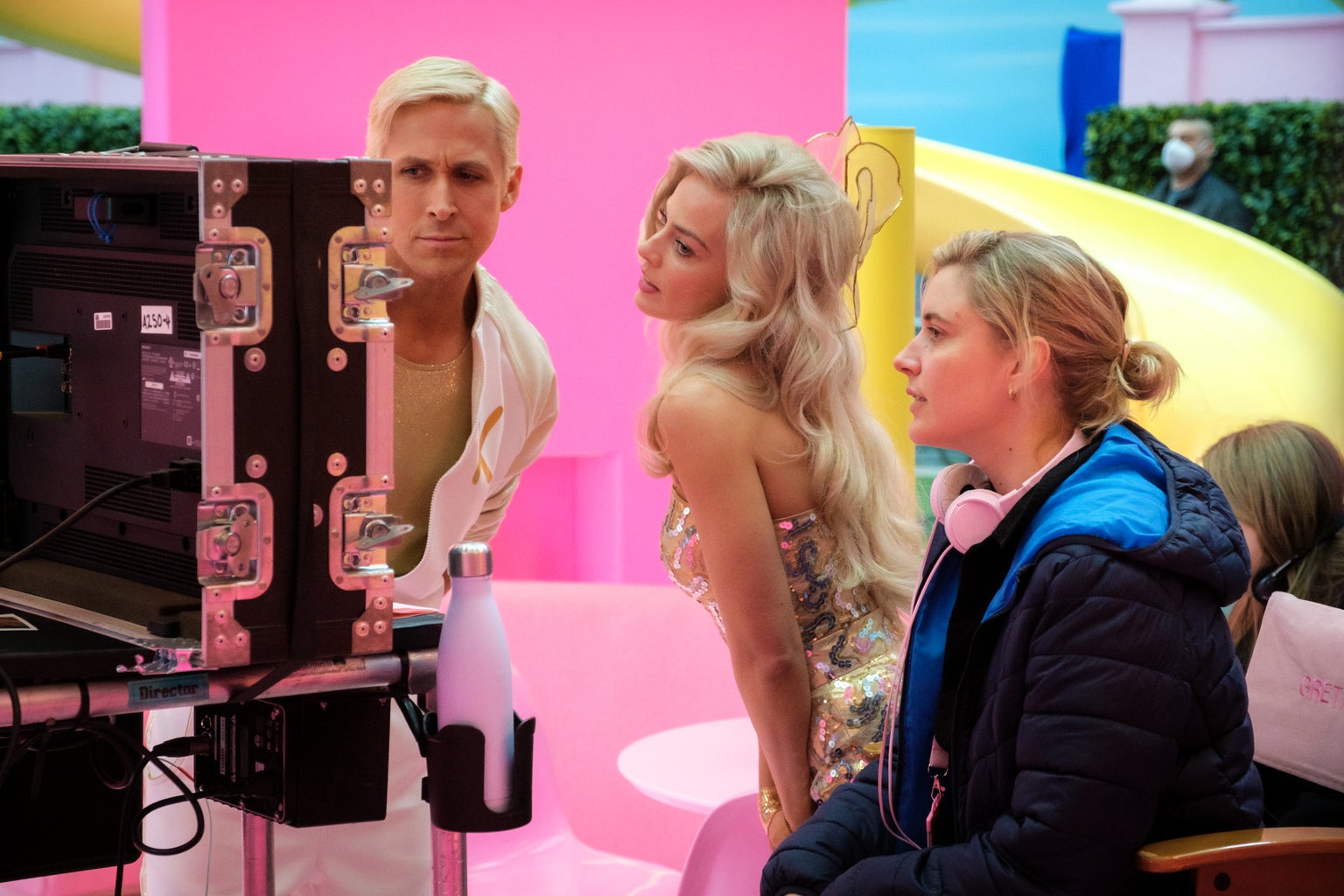
While never setting out to make a “feminist movie,” Gerwig acknowledges the central message of equality throughout the film. It’s feminist in a way that brings people together, and never about excluding men. Neither the matriarchal society of Barbieland nor the tyrannical reign of Ken is the happy ending. Rather, the place of mutual understanding they reach at the end is, and that’s feminism.
Women’s Stories
There’s a pervasive idea that women’s stories are not as epic. Unsurprisingly, Gerwig disagrees. In an interview for Reel Pieces, she quipped, “There is just as much epicness in kitchens as there are in battlefields.” Many of the most classic story structures don’t typically depict women, and when they do, their choice of ending is to get married or die. Gerwig finds joy in searching for alternative narratives, ones that feature women searching for meaning or purpose that doesn’t have to revolve around men… or death.
Gerwig understands that the stories she tells matter, and choosing to uplift women’s stories will secure their importance within our culture. This idea is well summarized with a few lines of dialogue from Little Women. In the movie, Jo March wonders if her book about domestic struggles and joys is important enough to be published. Amy March says, “Maybe we don’t see those things as important because people don’t write about them.” Jo responds, “No, writing doesn’t confer importance, it reflects it.” Amy reflects on this for a moment before replying, “I’m not sure. Perhaps writing will make them more important.”
